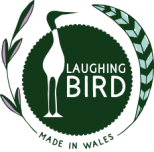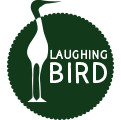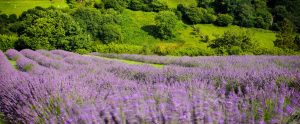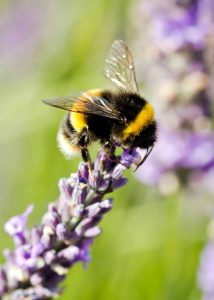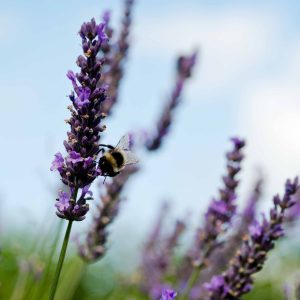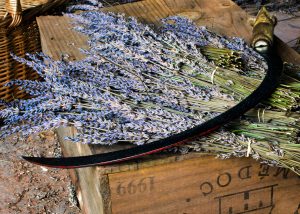Drifting into thoughts fuelled by a workshop full of the billowing fragrance of Lavender distillate made fresh from fields of dusky mauve, I wondered … when all the lavender is harvested what is left for the bees to forage?
We were so pleased, having emailed the question to Nancy Durham, the director of Welsh Lavender Ltd, to read that her farm has an abundance of bee friendly plant diversity, and knowing that variety is the spice of life for our VIPs (very important pollinators) we feel even more happy to use their distillate in our lavender and chamomile cream and lotion.
Nancy …
“Bees do love lavender and especially bumblebees which are excellent pollinators. Our main crop, Grosso, is particularly attractive to bees. They also love borage and marjoram of which we have plenty.
Solitary bees, honeybees and bumblebees like holly flowers which we have on the farm although they are pre lavender season. We have apple orchards they like to buzz around in and feed off well into September. Our gardens have many bee loving plants that bloom in September and further into autumn: salvia, echinacea, Japanese anemone, helenium and sedum which is a bee favourite.
The honey our bees make has a lovely floral note but I would be stretching it to say it tasted of lavender. Reading that bees might travel 6 miles in a day for food makes me suspect that someone else’s honey tastes of our lavender.”
So, enough blooms for the bumble bees pictured to complete their life cycle. Happy days. Just heard on the radio there are, at present, approximately 20’000 different bee species in the world including 250 types of bumble bee, wow!
